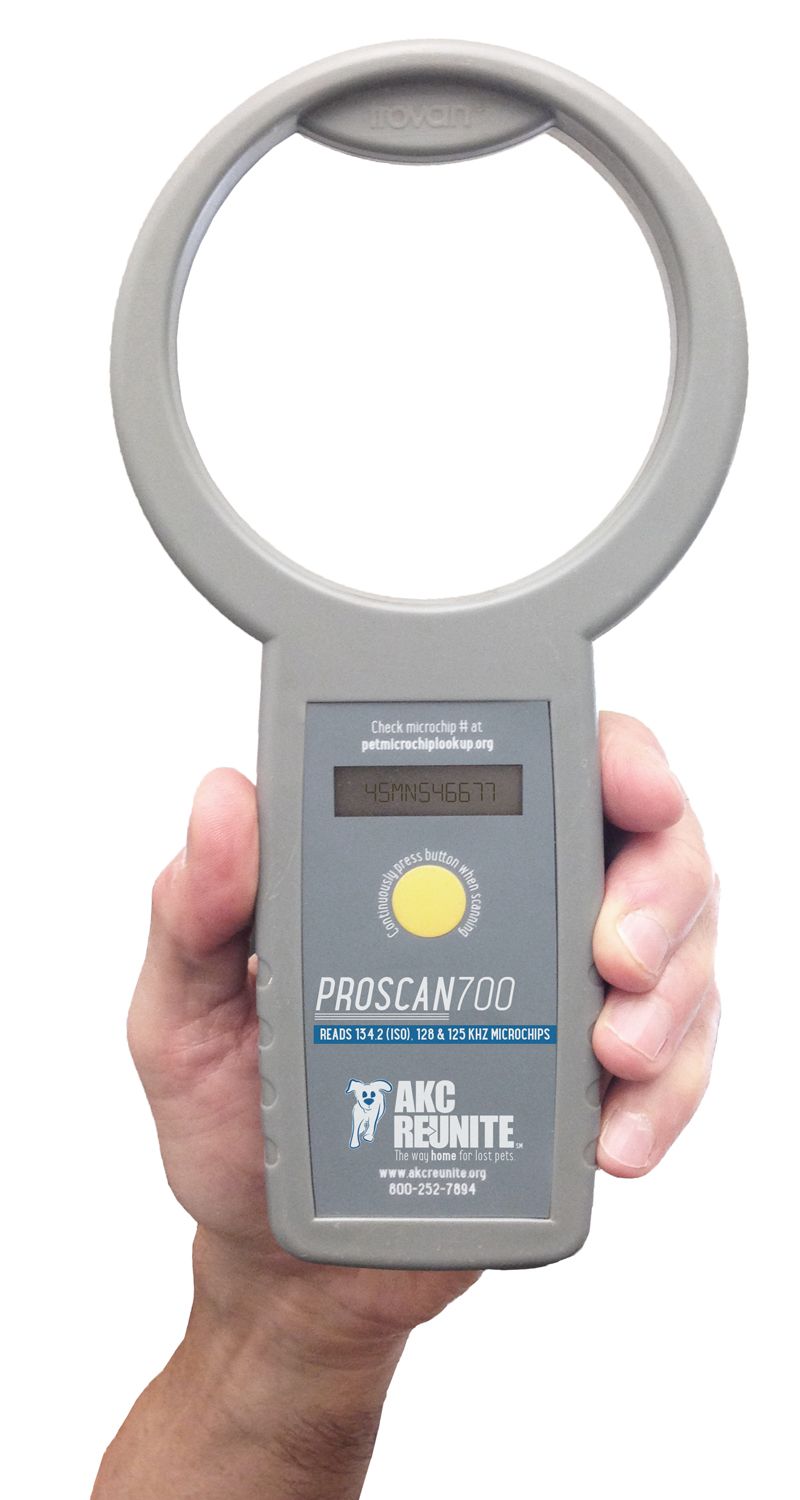A microchip is required
Traveling outside of the US or to Hawaii? Your pet must be microchipped BEFORE starting the Health Certification process. Start by working with an USDA Accredited Veterinarian to determine the destination country’s requirements, including whether there are any vaccinations and tests, pre-travel waiting periods, or import permits required.
A microchip is required
Traveling outside of the US or to Hawaii? Your pet must be microchipped BEFORE starting the Health Certification process. Start by working with an USDA Accredited Veterinarian to determine the destination country’s requirements, including whether there are any vaccinations and tests, pre-travel waiting periods, or import permits required.
GETTING STARTED
PET MICROCHIPS AND TRAVEL REQUIREMENTS
When working with a USDA licensed veterinarian to obtain your International Health Certificate, be sure to discuss the length of your trip. Based on the time you and your pet are out of the country, a new health certificate may be required for re-entry back into the United States.
For additional resources on pet microchips and overseas travel, please visit the USDA Animal and Plant Health Inspection Service and the American Veterinary Medical Association website.
ESPECIALLY WHEN TRAVELING, VERIFY YOUR PET’S ENROLLMENT INFORMATION IS UP-TO-DATE WITH OUR ONLINE RECORDS SYSTEM.
GETTING STARTED
PET MICROCHIPS AND TRAVEL REQUIREMENTS
When working with a USDA licensed veterinarian to obtain your International Health Certificate, be sure to discuss the length of your trip. Based on the time you and your pet are out of the country, a new health certificate may be required for re-entry back into the United States.
For additional resources on pet microchips and overseas travel, please visit the USDA Animal and Plant Health Inspection Service and the American Veterinary Medical Association website.
ESPECIALLY WHEN TRAVELING, VERIFY YOUR PET’S ENROLLMENT INFORMATION IS UP-TO-DATE WITH OUR ONLINE RECORDS SYSTEM.

PET MICROCHIPS AND TRAVEL REQUIREMENTS
As you review the USDA website, many country’s pet microchipping requirements refer to a microchip’s frequency (125 kHz, 128 kHz or 134.2 kHz) and/or require a microchip to comply with the International Standards Organization (ISO) pet microchipping standards, specifically ISO Standard 11784 and 11785. You can determine a lot about the pet’s microchip based on the length of the microchip ID number:

PET MICROCHIPS AND TRAVEL REQUIREMENTS
If your pet has a microchip that does NOT begin with “956,” “0006,” “0007,” or “0008,” talk to your USDA licensed veterinarian. You can also determine a lot about the pet’s microchip based on how the length of the microchip ID number:
15-Digit Microchip ID Number
If the pet has a microchip that is 15 digits long and does NOT begin with “956,” the World Small Animal Veterinary Association has a microchip identification guideline to help determine the manufacturer or country of origin based on the first 3 digits of the microchip number.
10-Character Microchip ID Number
If your pet has a microchip that is 10-characters long, it is a 125kHz or 128 kHz microchip. A pet with a 10-character microchip can safely travel with its owner for a short period of time. 10-character microchips are not a true “ISO” or “international” microchips.
HOW A MICROCHIP IS READ
A microchip is not a tracking device, just a unique ID number. To read the microchip, it is “turned on” for a few seconds at a time by a handheld microchip scanner that is passed over the area the microchip is implanted. Only the microchip ID number appears when the microchip is scanned, and then AKC Reunite is contacted to get your enrollment information linked to the ID number.
Veterinarians and shelters have these scanners and use them to help lost pets all of the time.
Veterinarians also check pet’s microchips during annual wellness exams to make sure all is working properly and secondly to start a conversation about whether or not your information is up to date on your pet’s microchip enrollment record.
If you are traveling outside of the United States with your pet, a microchip is required. Learn More
WHAT TO DO IF YOU ARE MOVING OUTSIDE THE UNITED STATES AND YOUR PET’S MICROCHIP IS ONLY 9- OR 10-CHARACTERS LONG
- If your pet’s health certificate has NOT been started, it is worth considering re-implanting your pet with a 15-digit, 134.2 kHz ISO microchip before traveling outside of the United States. Upon arrival to your new country of residence, consult with your new veterinarian to discuss how and where to locally register your pet’s microchip.
- If your pet’s health certificate has been started, do not re-implant the pet with another microchip or you will have to restart the entire health certificate process. Upon arrival to your new country of residence, ask your new veterinarian to re-implant your pet with a 15- digit, 134.2 kHz ISO microchip and how and where to locally register the microchip.
WHAT TO DO IF YOU ARE MOVING OUTSIDE THE UNITED STATES AND YOUR PET’S MICROCHIP IS ONLY 9- OR 10-CHARACTERS LONG
- If your pet’s health certificate has NOT been started, it is worth considering re-implanting your pet with a 15-digit, 134.2 kHz ISO microchip before traveling outside of the United States. Upon arrival to your new country of residence, consult with your new veterinarian to discuss how and where to locally register your pet’s microchip.
- If your pet’s health certificate has been started, do not re-implant the pet with another microchip or you will have to restart the entire health certificate process. Upon arrival to your new country of residence, ask your new veterinarian to re-implant your pet with a 15- digit, 134.2 kHz ISO microchip and how and where to locally register the microchip.



